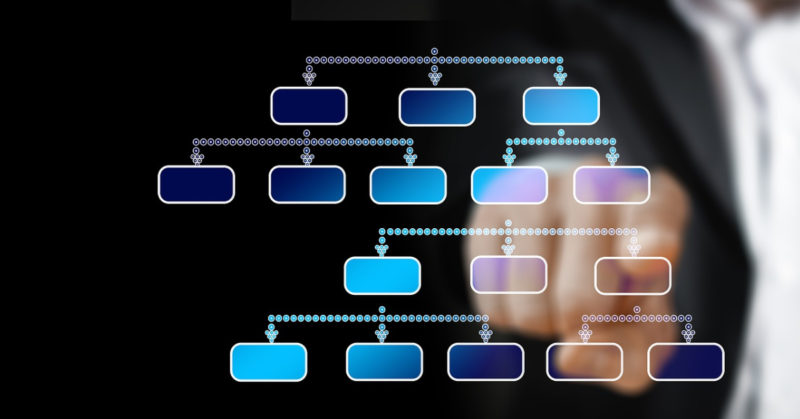5 Easy Tips For Organizing Content On Your Site
April 22, 2021
How To
Site Launch
Local Boston
Marketing
Search Engine Optimization
Web Design
Tips & Tricks
Small Business
Featured

Website development projects can be overwhelming no matter your previous experience. We encourage every client to start thinking about content right out of the gate because by having the content on ready it can really expedite the process once design and front-end are complete.
Gathering content is probably one of the most important and time consuming steps throughout the process so it is important to understand the basics of it. To help, we have created a list of best practices clients can consider!
Formatting
- Identify the pages that will have graphics/images and/or video and consider this as your start to write/outline your content
- Choose the highest resolution for images/graphics
- For videos, please identify what platform you are using (IE: Youtube, Vimeo, etc)
- Make sure headers are:
- Short and direct
- Understood without context on their own
- SEO friendly
- Try to cover only one topic per paragraph
- Include the most important information in the first paragraph
- Intro sentences / paragraphs for any key landing pages should be geared towards you intended message
- More detailed/ specialized content should be saved for pages deeper in the site
- Be careful to not use unnecessary underlining, bold, italics, headings and indentations. This may come across difficult to read.
Keep it concise
- Write short paragraphs and minimize unnecessary words
- Sentence structures should be simple and engaging and on average a web page should be half the length of a word document.
- Paragraphs should consist of 70 words or less (this does not have to be exact, just a suggestion) but think short blocks of text that are easy to read
- If you need to have long paragraphs, identify the specific pages that will require it i.e. blogs /bios
- Last, use lists and bullet points to help replace long paragraphs
Search Engine Optimized which is short for (SEO) Friendly
- This means including top performing search words your readers will be searching for to reach your content
- Utilize SEO elements like titles, meta descriptions, external and internal links, and images with descriptive alternative text.
- As search engines crawl your site they will pick up on the relevant keywords and establish what each page’s topic is. If the search engines register new content it will increase the rate at which they crawl your site and increase its recognition of your site being active and significant.
Title Tags and URL Tags
- Title tags and URL tags means that the search engines can clearly understand what the website is offering users. Using a combination of around 3 keyword phrases relating to the page in the title tag will bring this relevancy with the URL tag also adding to this relevancy.
- Both of these tags are the parts that will appear in the search engines and are the main parts that the search engines pick up on. This can be very useful in populating your website as it is a very easy way to tell the search engine exactly what the content is about.
Tone
- Use active tone instead of passive tone
- Use informal writing the reader can relate to and understand

